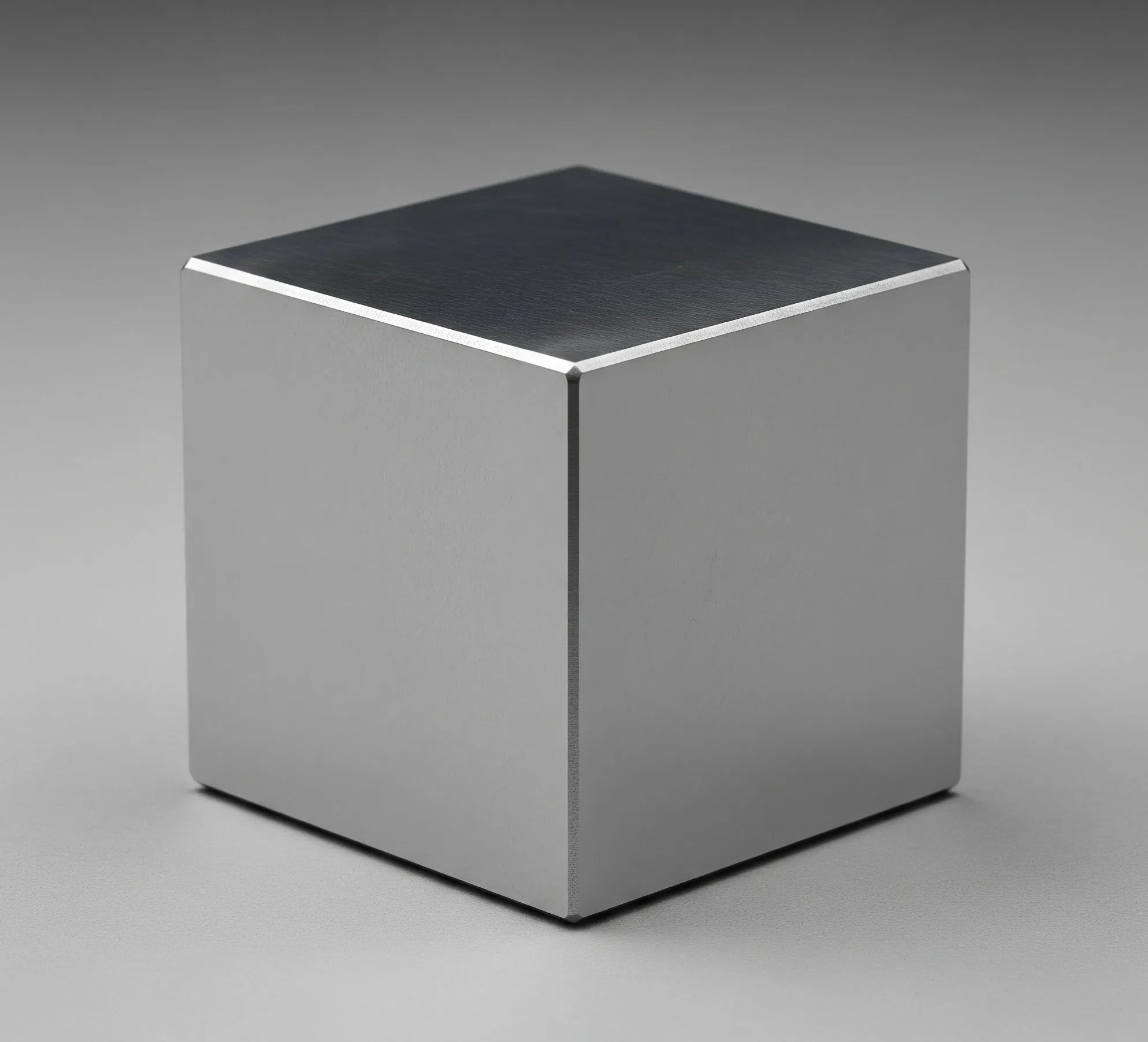When you’re designing a part—whether it’s a structural bracket, a piece of a machine, or something that needs to survive outdoors—the material you choose isn’t just a technical decision. It’s a practical one. And with steel alloys, the choices are vast.
If you’ve ever gone down the rabbit hole of alloy specs, you know how easy it is to get lost. One datasheet says a material is "tough." Another says it’s "hard." Another warns it’s difficult to weld. What actually matters? Which alloy should you pick?
Let’s break it down, from an engineer’s point of view—but grounded in how things actually get made.
First, Understand the Landscape
Steel, at its simplest, is just iron and carbon. But once you start adding other elements—chromium for corrosion resistance, nickel for toughness, molybdenum for strength at high temperatures—you get a vast family of alloys with very different personalities.
Some are built to survive seawater. Some are made to cut through other metals. Some are cheap and good enough. Knowing the differences matters.
What Should You Think About Before Choosing?
Here’s the framework I use when advising customers:
- What does the part do?
Is it under constant stress?
Does it need to absorb impact?
Will it flex, or does it need to stay rigid? - What’s the environment?
Water? Chemicals? Heat? Cold?
Will it corrode over time?
Will the temperature fluctuate? - How will it be made?
Will you machine it? Weld it? Heat treat it?
Are there tight tolerances?
Does it need surface finishing? - What are the constraints?
Is cost a major concern?
Are lead times tight?
Is this for a prototype or a production run?
Common Steel Alloys — Real Uses, Real Trade-Offs
Here’s how I usually explain the common steel options to clients:
🔹 Mild Steel (Low Carbon Steel)
This is the workhorse. It’s easy to weld, machine, bend, and cut. It won’t win awards for strength or corrosion resistance, but it gets the job done at a good price.
Use Cases: Brackets, enclosures, supports, frames.
Bonus: Often stocked by every machine shop. Easy to source.
🔹 High Carbon Steel
If you need hardness and wear resistance, high carbon steels are the way to go. But beware—they can be brittle and harder to machine.
Use Cases: Springs, blades, wear surfaces.
🔹 4140 / 4340 Alloy Steel
These are popular choices when strength and fatigue resistance are important. 4140 is heat treatable and can take a beating. 4340 goes even further with added toughness.
Use Cases: Shafts, tools, axles, dies.
Tip: Machinists like 4140 when it’s normalized or annealed. Heat-treated versions are tougher to work with.
🔹 Stainless Steel (especially 304 and 316)
This is where corrosion resistance shines. If the part will see water, chemicals, or even just public handling, stainless can be worth the extra cost.
304 is the general-purpose grade.
316 adds molybdenum for better resistance in harsh environments (think seawater).
Use Cases: Marine parts, medical devices, kitchen hardware, lab equipment.
🔹 Tool Steel (D2, A2, O1, etc.)
Designed for cutting and forming other materials. High hardness and excellent wear resistance—but often difficult to machine unless heat-treated carefully.
Use Cases: Dies, punches, molds.
🔹 Maraging Steel
An ultra-strong, specialty steel that trades carbon for nickel and other elements. Used in critical aerospace and defense applications.
Use Cases: Missile parts, high-performance gears.
Note: Overkill for most commercial applications.
Case Example: Picking Steel for a Marine Application
A client once asked us for help with a propeller design. It was for a custom marine project—nothing off the shelf. Their initial thought was to use 304 stainless because it’s common and relatively inexpensive.
But the part would be submerged in saltwater. Constantly. After discussing performance and lifecycle expectations, we recommended 316L stainless. It’s more resistant to pitting corrosion, especially in chloride environments. Yes, it was more expensive—but not compared to replacing a rusted-out part in six months.
Tips for Making a Good Material Choice
- Don’t rely solely on datasheets. Specs are useful, but they don’t tell the whole story.
- Ask your machinist or fabricator. Some alloys are great in theory but terrible to work with.
- Consider testing. For high-value parts, a small prototype batch can save time and money.
- Factor in availability. Some alloys have long lead times or inconsistent quality across suppliers.
Final Thoughts
Choosing a steel alloy isn’t just about technical performance—it’s about making something that works, lasts, and fits your project’s constraints. Good materials decisions come from asking the right questions and talking to people who’ve seen what happens when those decisions go wrong.
If you're stuck between options or just want a second opinion, feel free to reach out. At Ziqual, we help customers navigate these decisions every day—not just with charts, but with experience.
